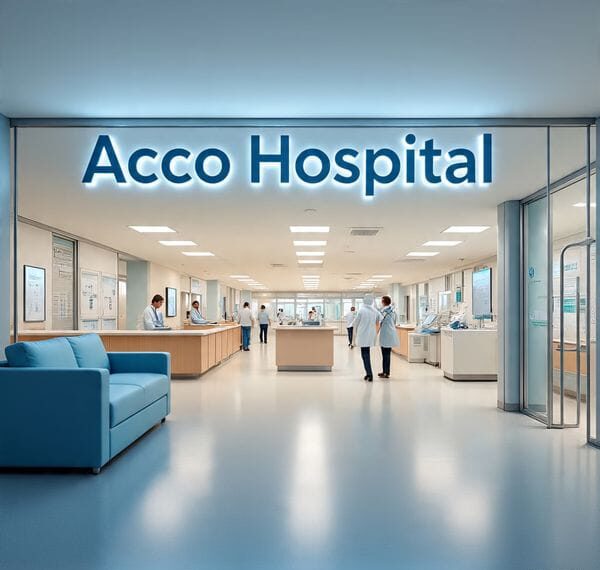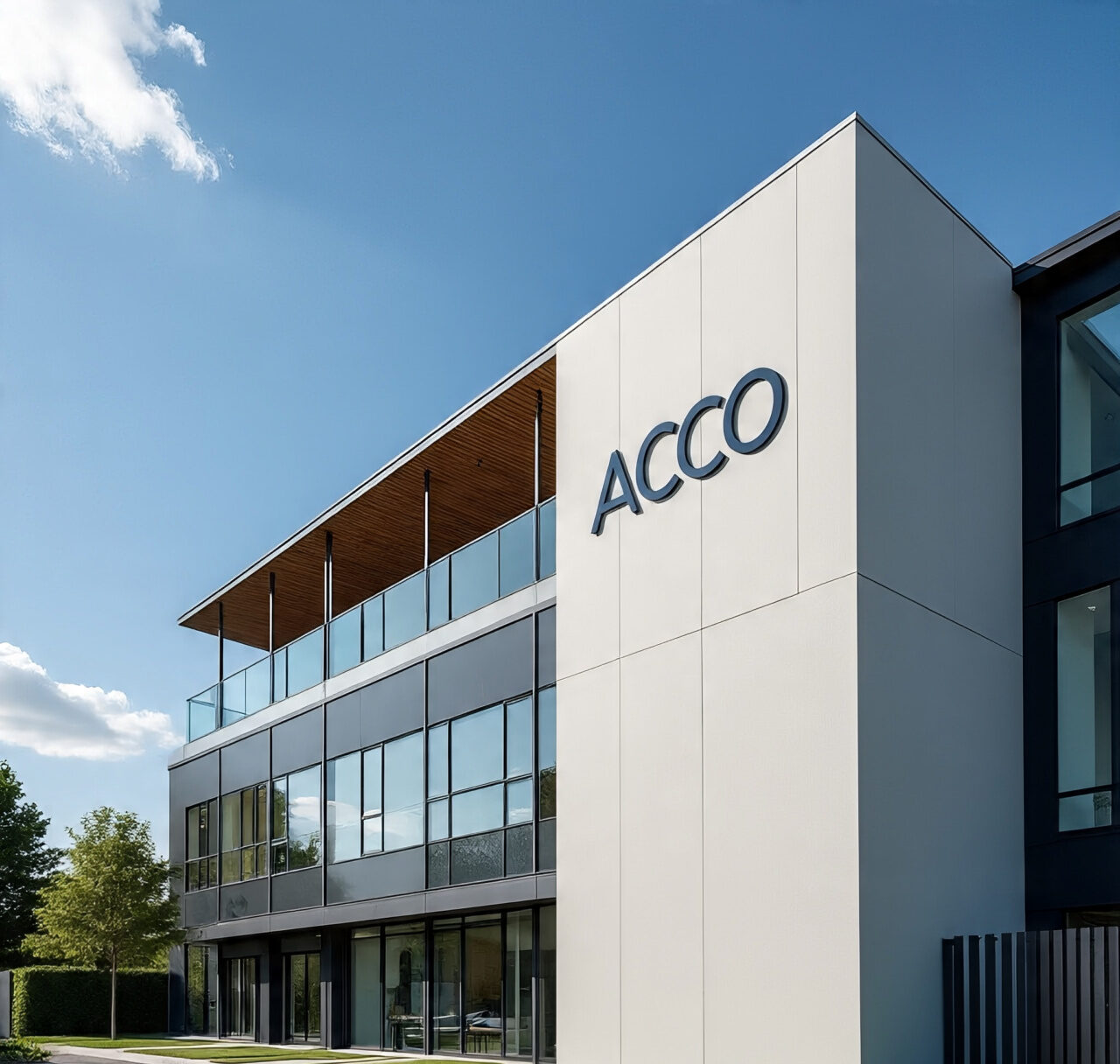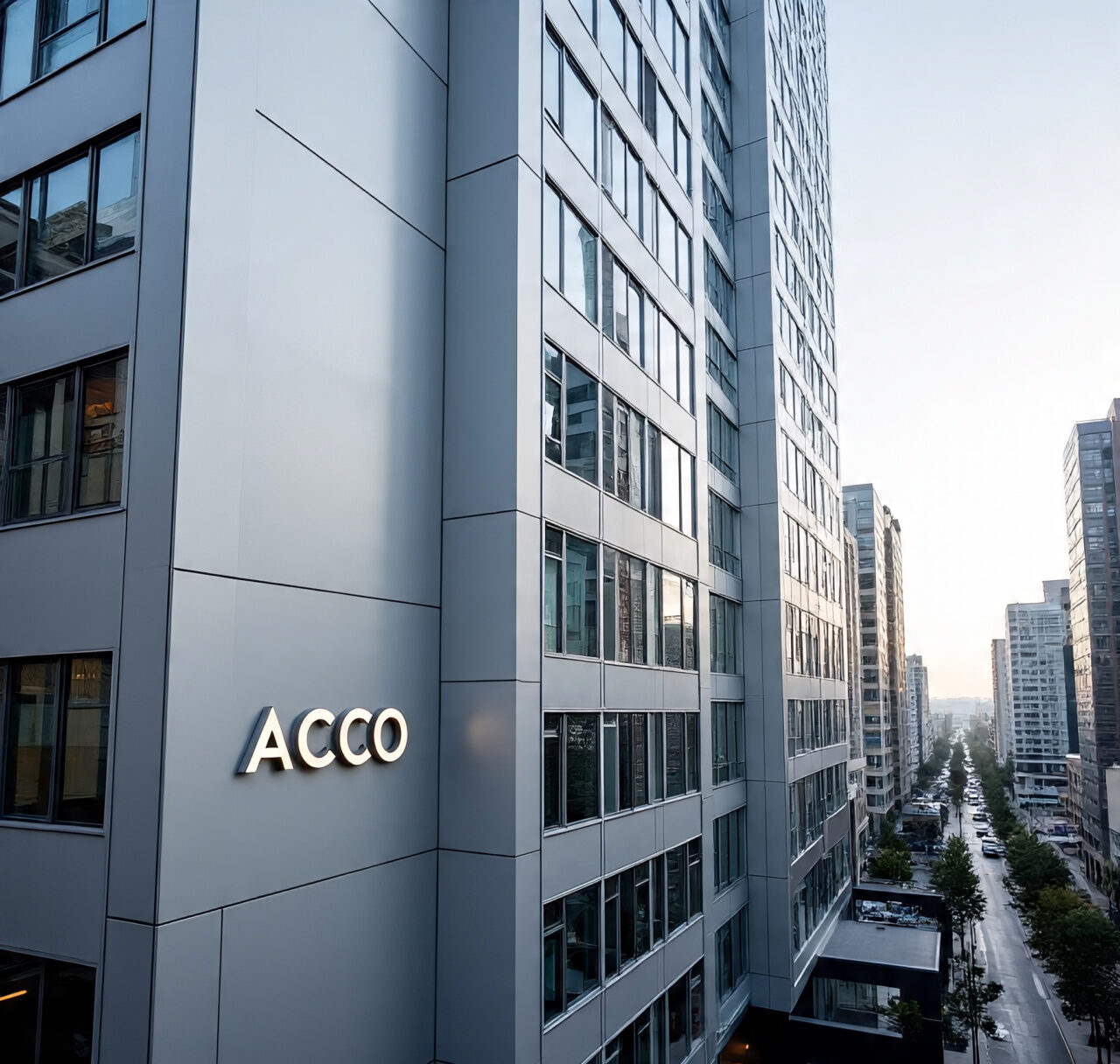
🏥 Small Rural Hospital Design in Pakistan – A Complete Guide by ACCO Construction
🏗️ About ACCO Construction – Pakistan’s Leading Healthcare Infrastructure Expert
ACCO Construction is a trusted name in Pakistan’s construction industry with over 20 years of experience in healthcare design, hospital construction, and medical facility planning. Headquartered in Gulberg-III, Lahore, we have delivered turnkey hospital projects across Punjab, Sindh, KPK, and Balochistan—especially in underserved and rural areas.
Our core expertise includes:
Hospital master planning & architecture
Structural design & MEP solutions
Grey structure & finishing
Smart healthcare technologies integration
Pre-engineered buildings (PEB) for hospitals
We proudly offer customized healthcare facility solutions that meet Pakistan Medical & Dental Council (PMDC) and World Health Organization (WHO) standards.
🏥 Introduction: Why Small Rural Hospital Design Matters in Pakistan
Access to quality healthcare is a pressing issue in rural Pakistan. With over 64% of Pakistan’s population living in rural areas (Source: PBS), small rural hospitals are vital in bridging the urban-rural healthcare gap.
Yet, many rural health units are:
Understaffed
Lacking essential infrastructure
Poorly designed with no future scalability
Designing a small rural hospital involves more than just bricks and mortar. It means creating a functional, sustainable, cost-effective, and community-centered healthcare facility that can operate efficiently with limited resources.
🧱 Small Rural Hospital Design: Key Components
🏗️ 1. Site Planning and Selection
Proximity to population centers and road access is crucial.
Flood risk, soil conditions, and utility availability must be assessed.
Zoning approvals from local development authorities (e.g., LDA, CDA) are mandatory.
🏥 2. Hospital Size and Bed Capacity
Typical small rural hospitals have 10–50 beds.
Departments generally include:
OPD & Emergency Room
General Wards & Private Rooms
Minor OT
Diagnostic Lab & Imaging
Pharmacy
Administration & Staff Rooms
✅ ACCO designs flexible layouts that allow future expansion when resources permit.
🧭 3. Functional Layout Planning
Zoning principles: Separate clean and dirty areas.
Efficient patient flow to reduce cross-infection.
Single-story buildings are preferred for low-cost rural setups.
Accessibility for elderly and disabled patients.
⚡ 4. Services & Utility Planning
Solar energy and generator backup are essential due to power outages.
Rainwater harvesting and septic tanks for water management.
Efficient HVAC and natural ventilation for comfort.
🛠️ 5. Construction Technology
Use of Pre-Engineered Buildings (PEBs) reduces construction time by 30–40%.
Locally sourced bricks, RCC slabs, or steel frame structures are used based on budget.
| Method | Time Efficiency | Cost | Durability |
|---|---|---|---|
| RCC Structure | Medium | Medium | High |
| Steel Structure / PEB | High | Low | Medium |
| Modular Panels | Very High | High | High |
🩺 Design Elements for Patient-Centric Care
🌿 Biophilic Design
Incorporating natural elements like green courtyards, sunlight, and ventilation has been proven to improve recovery rates.
💡 Wayfinding and Signage
Clear signage in local languages (Urdu/Punjabi/Sindhi/Pashto) helps patients navigate facilities independently.
🔒 Infection Control Measures
Smooth surfaces for easy cleaning
Separate air handling for OT and isolation wards
Handwashing stations in every ward
📈 Trends in Rural Hospital Design (2024–2025)
Telemedicine Rooms for remote diagnosis
Modular hospital design for speed & scalability
Green building certification (EDGE, LEED) for sustainable design
Disaster-resilient structures in flood or earthquake-prone areas
✅ Advantages of Small Rural Hospital Design
👍 Pros:
🏥 Improves healthcare access for remote populations
💸 Lower operational costs compared to urban hospitals
🌱 Scalable design allows for future upgrades
🧍 Patient-focused care due to smaller capacity
⚡ Faster construction using modern technologies
❌ Challenges & Disadvantages
👎 Cons:
🩺 Limited specialty services due to staffing issues
🔌 Unreliable utilities in rural settings
💰 Funding constraints in public sector projects
👷♂️ Skilled labor shortage in remote regions
🏗️ Difficulty in equipment maintenance
But with proper planning, partnerships, and modular solutions, these challenges can be addressed effectively.
🤔 Frequently Asked Questions (FAQs)
1. What is the ideal size for a rural hospital in Pakistan?
A 30–50 bed facility is considered optimal for small towns and tehsils.
2. How long does it take to build a rural hospital?
With PEB or modular solutions, it can be completed in 4–6 months, depending on location and size.
3. What is the average cost to build a rural hospital in Pakistan?
Costs range from PKR 8,000–12,000 per sq. ft., depending on design, structure, and services.
4. Can rural hospitals support surgeries and maternity care?
Yes, with proper planning. Small hospitals can include minor OT, labor rooms, and basic diagnostics.
5. Is solar energy feasible for rural hospitals?
Absolutely. Solar panels can reduce dependency on unreliable grid supply, especially in off-grid locations.
🔚 Final Verdict: Why You Should Choose ACCO for Your Small Rural Hospital Design
Small rural hospital design is the cornerstone of universal healthcare access in Pakistan. It requires cost-efficiency, smart planning, and scalable infrastructure.
ACCO Construction offers:
✅ Full-spectrum hospital design & build services
🧑🔧 Experienced in both private & government-funded rural healthcare projects
🔄 Customizable, rapid, and future-ready construction models
📞 Ready to build your rural hospital? Contact ACCO today for a free consultation!
🔗 Internal Links (Explore More)
🌐 External References
📞 Call to Action (CTA)
👉 Let ACCO help bring healthcare to your community.
📲 Call/WhatsApp: +92 322 8000190
🌐 Visit: www.acco.com.pk
📍 Office 2, 3rd Floor Bigcity Plaza, Gulberg-III, Lahore




